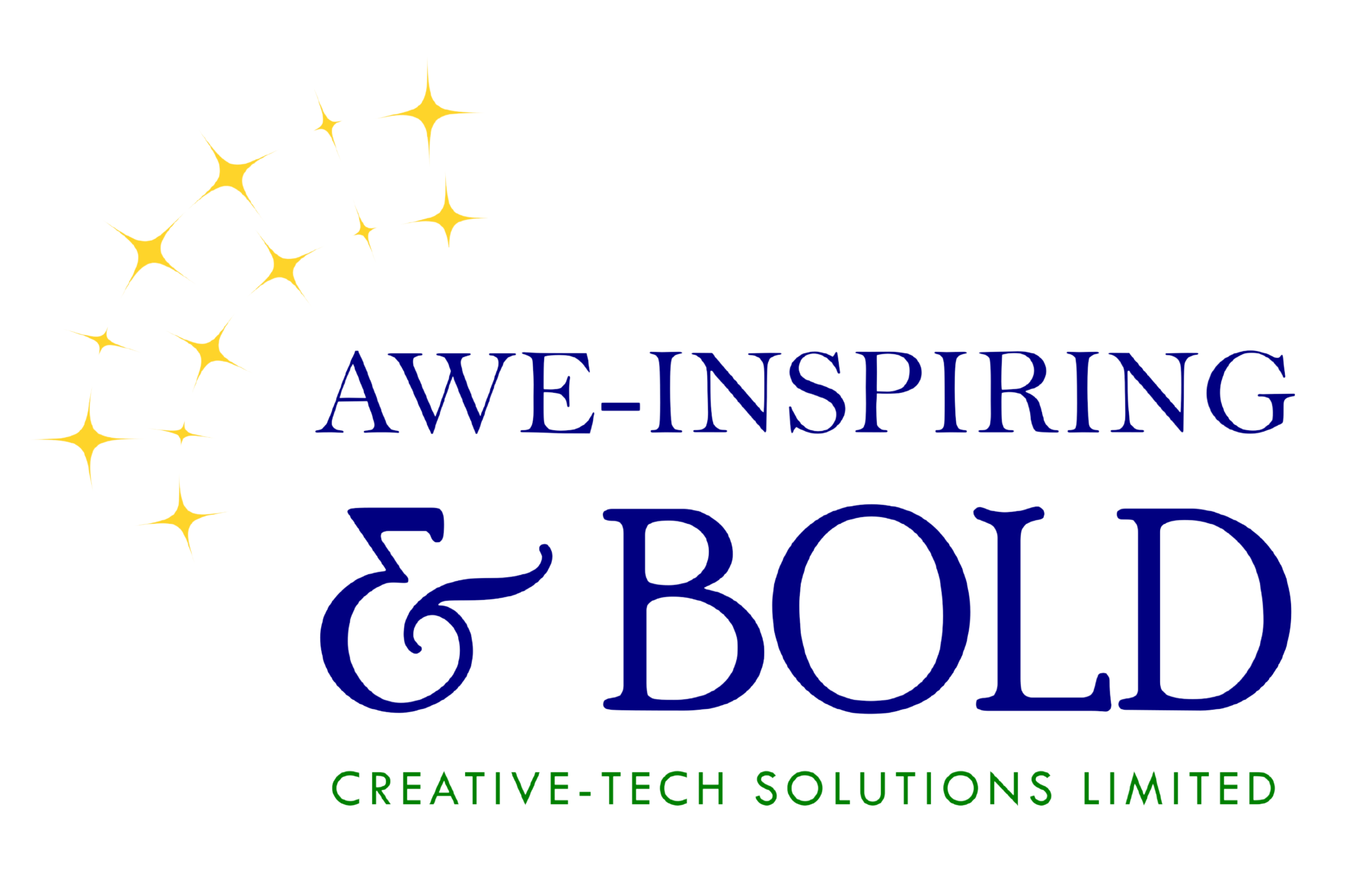Creative arts spillovers are great for taking one’s professional creative career to the next level.
Artists and creative professionals often think of their careers as taking place solely within the arts, culture, and entertainment sectors. However, careers in the arts and culture sector are far more dynamic. Creative careers offer up much variety and innovation for artists and creative professionals of all walks. In the realm of other industries, a career in the arts and culture sector becomes that much more viable and profitable.
What is Creative Arts Spillovers?
Spillovers occur when there is a cross-section between arts and culture careers and other economic sectors – like finance or technology, for example. In other words, spillovers allow artists and creatives to bring their talents, abilities, and special skills to the fore in industries that are not creative in nature.
How Technology Changed Everything
I often think of technology as the great equaliser in the worlds of business and marketing. Now, more than ever before, smaller players can get a larger share of the pie in industries where major corporations have been dominating. Thanks to trying to reach out to a new generation of tech-savvy consumers, businesses of all sizes and types are needing to hire more and more creatives to help them stand out from the noise. As such, creators, artists, and creative arts professionals of all walks are turning to lucrative spillovers to grow their careers.
3 reasons spillovers are here to stay
1. The unique perspective of the creative mind
While creativity can be found in many forms, the creative mind as it exists in artists, by large, creates and processes ideas in a different manner than non-creative minds. As such, adding the perspectives of the creative artist to traditional or technical spaces is not without its rewards.
When combined with a think tank or innovative lab with more logical, left-brained individuals, the creative mind can bring that much-needed spark and ingenuity to ideas and solutions. More logical thinkers can then use their pragmatism to make these creative ideas a reality and yield great success.
2. Technology demands it
As stated prior, technology has changed the game for businesses and creative arts professionals alike. Businesses need to be more creative when approaching their target market in digital spaces. Likewise, have to become more technology-savvy so they can compete and set themselves apart. This interdependency between businesses and artists is only growing and is showing no signs of slowing down. This is due largely to an increasingly technology-driven age and a generation of consumers with a shrinking attention span. Simply put, there is a constant need for creative stimulation through art and tech. Creative arts professionals who can leverage modern technological tools are best suited to bridge this gap.
3. Traditional sectors are opting for creative solutions
Outside of needing creative branding, businesses in traditional sectors also need creative solutions for improving their business processes and documentation. Consequently, creative arts professionals can pair their skills with solutions providers and sit alongside technically skilled business analysts to help build wireframes and design document templates and other tools that boost operational efficiency.
In doing so, creative arts professionals give businesses a new perspective to launch forward from. For example, artists working in animation and frontend design, understand the effect of colour palettes and the impact of design on the target audience. Such creative professionals are well-suited for the aforementioned tasks.
So, How Can Creative Professionals Leverage Spillovers?
As intimated prior, spillovers are best leveraged when all that the creative professional brings to the table is paired with other technical skills needed in business and tech-driven industries. While other professionals may have these skills and will partner with the creative arts professional, it also helps that the creative professionals possess these as well. Of course, the creative professional need not be a jack of all trades, but certainly, being a master of some will do.
It is a good idea for creative professionals to seek out workshops and short course training in technical areas that they can later use to support their careers in different ways. A graphic designer can learn UX/UI design, for example, and leverage spillovers in the technology industry.
Like what you see here? Leave a comment below, read more on similar topics, and stay connected with us on our Instagram and Pinterest social media platforms.
